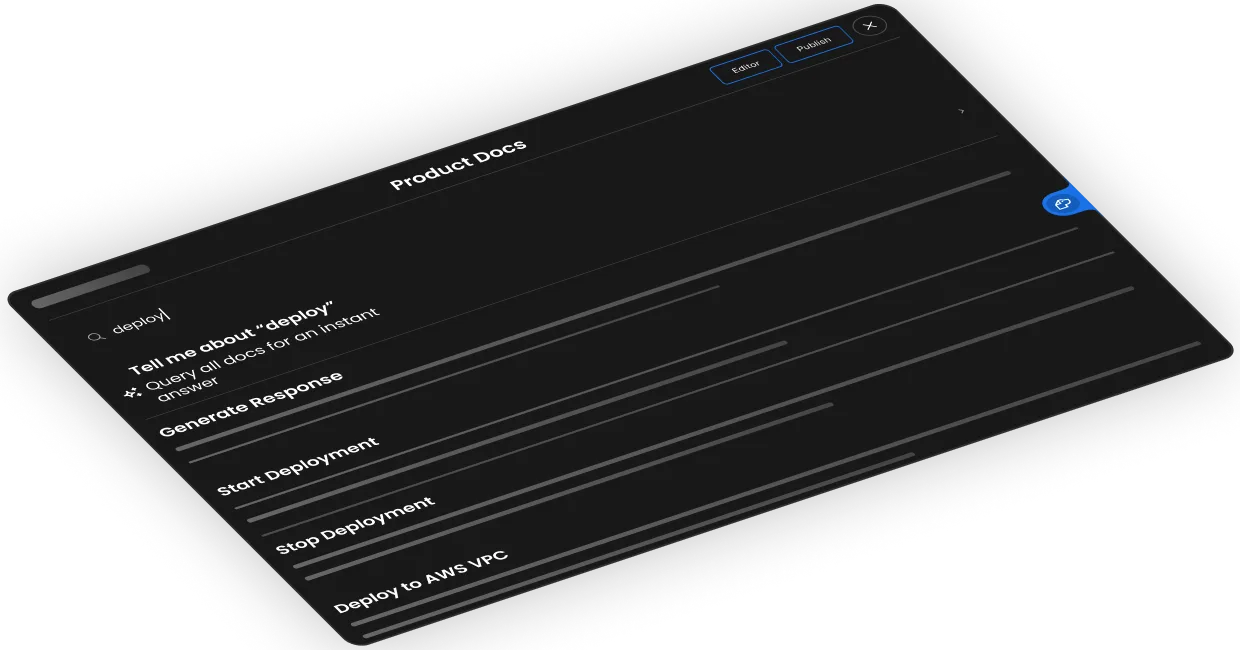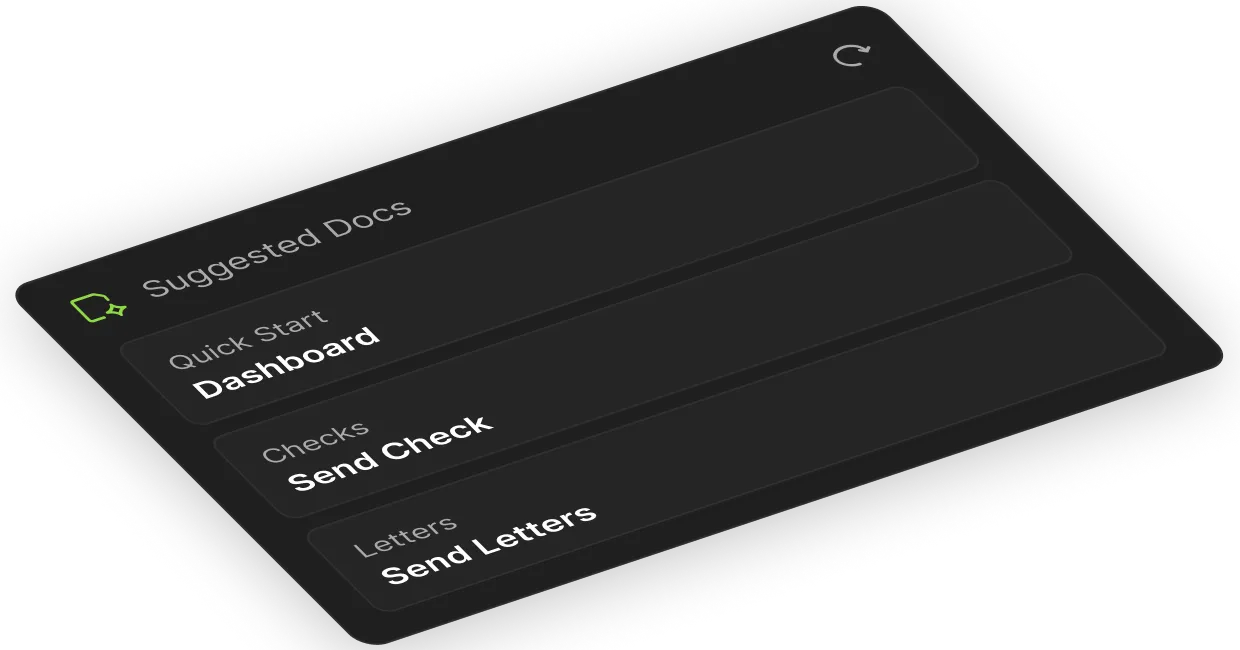Intelligent search that understands relationships between content, delivering exactly what users need regardless of how they ask
Smart categorization enhances search accuracy by mapping semantic connections between topics, making information discoverable even with imperfect queries








